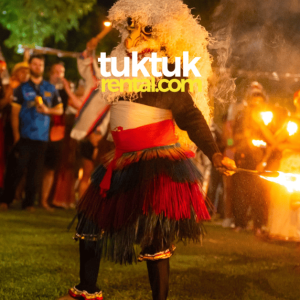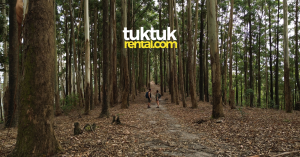Author : Karandeep
With names like Ceylon, Serendib (deriving the term serendipity), and Taprobane, and land that held its spice island legacy for centuries, Sri Lanka’s cultural marvels are aplenty.
One moment, you’re driving your tuktuk past misty tea estates graced with a cinnamon scent. Next, you’re observing an archaic temple ritual where locals honor a sacred relic with dance and music.
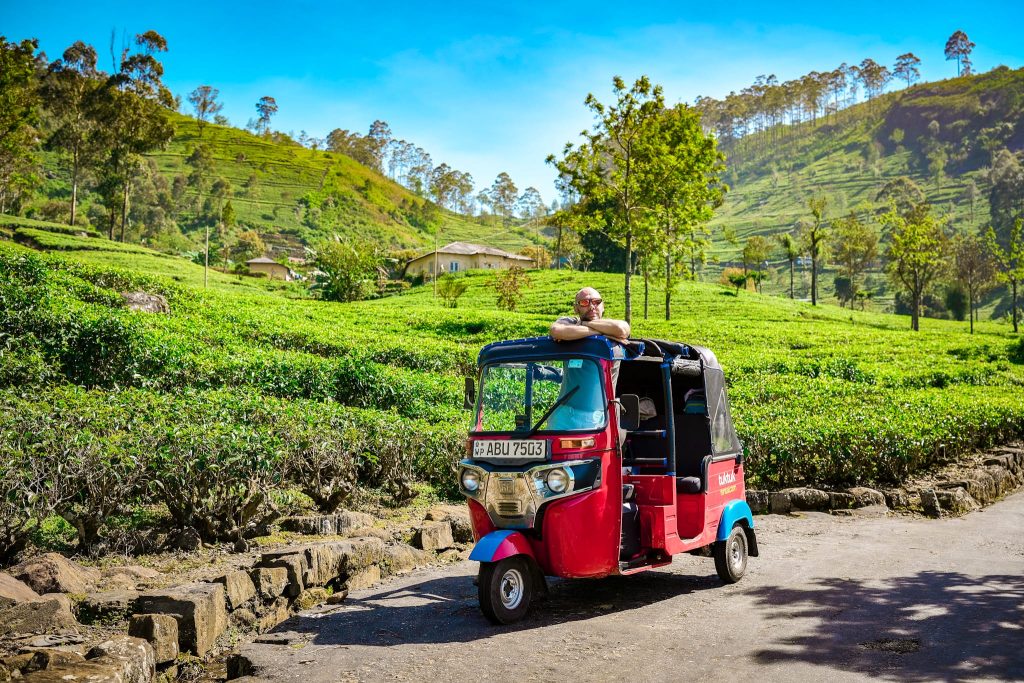
While fishermen enjoy the unique 2000-year-old stilt fishing sport, and farmers continue to maintain the country’s reputation as the fourth-largest tea producer – travelers here explore the ethnic offerings of this South Asian nation.
If you’re wondering about things to do in Sri Lanka, here are six unmissable cultural experiences that will make it to your travel journal.
1. Witness a Midnight Pooja at the Temple of the Tooth in Kandy
Though most tourists visit Sri Dalada Maligawa during the day, the midnight pooja promises a more mystical experience. You’ll witness monks chant hypnotically in saffron robes as the intimate, almost secretive practice settles you into a deeply spiritual state. What’s best is how softly illuminated the Buddha’s sacred tooth relic is. Do spend time noticing the ancient murals of royal processions and age-old battles.
If you’re lucky, the hevisi drummers will start their ritual beats and send waves of vibration through the temple halls. This is the only time the inner shrine doors open and temple attendants swing traditional yak-tal fans in slow circles.
Most tourists miss this side of Kandy. Do consider spending an hour under the temple’s gilded ceiling as you feel the deep-seated spirituality of Sri Lanka.
Bonus Read: Have you considered planning a family trip to Sri Lanka?
2. Explore the Hidden Caves of Dambulla with a Monk
The better half of travelers are unaware of the hidden meditation caves near the Golden Cave Temple. Convince a local monk to guide you and venture into the rawer, more sacred side beyond the narrow rock passages.
Among the most grounding experiences is stepping into the meditation chambers that have remained protected for centuries. Many history books state that these caves, concealed by overgrown banyan roots and rock formations, were originally used by Sri Lanka’s earliest Buddhist monks in the 1st century BC.
Sit on the tiny rock-cut seats and request a monk to introduce you to the steps of Samatha meditation. Allow yourself to experience this open-eyed meditation as you hear the flutters of cave bats overhead and above-ground temple bells. Moreover, expect to develop a genuine interest in Buddhist teachings about impermanence as the silence of jungles helps you tune into your inner self.
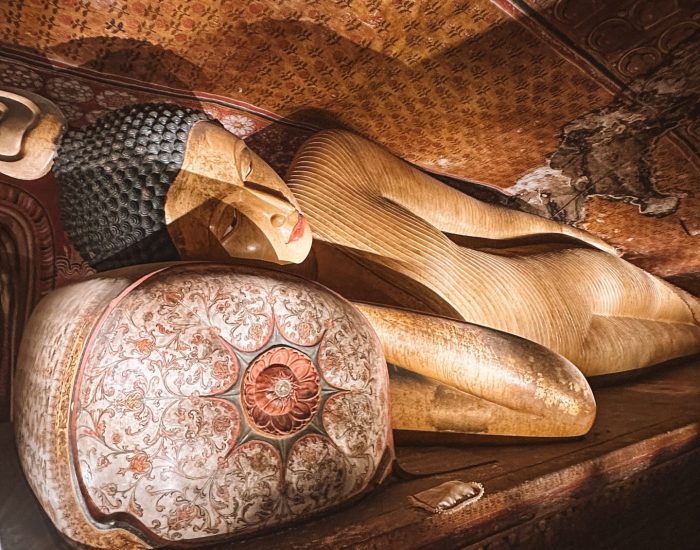
3. Learn the Art of Devil Dancing in a Remote Southern Village
Visit the deeper end of Sri Lanka’s Ambalangoda and participate in dance ceremonies (Yakun Natima), where the beats of the yak bera drum summon age-old spirits. As the birthplace of Sri Lanka’s devil dancing rituals, the absence of staged performances makes it the real deal.
You’ll feel the energy of the master devil dancers as their faces, hidden behind ornate wooden masks with bulging eyes and fiery red lips, invite you to partake in these rituals. Watch their intricate hand movements and footwork designed to rid people of misfortune. As the intensity builds and the incense smoke rises, the performers will gesture towards you.
This is your cue to join the ritual. It’s best to surrender to any feeling of hesitation and accept the weight of the hand-carved devil mask pressing your face. Once the night ends, you’ll go home with the mask as a memento. Remember, few travelers ever experience this raw, visceral side of things to do in Sri Lanka.
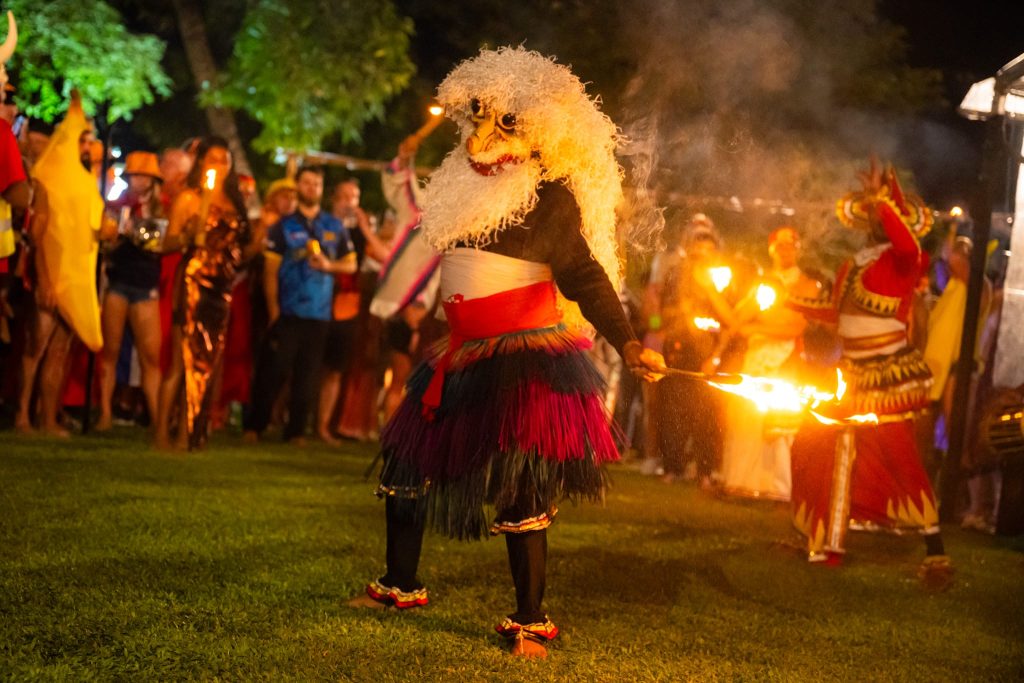
4. Take Part in a Village ‘Pola’ Market
There’s a whole new side of cultural exposure you’ll experience in Sri Lanka’s pola markets. These weekly pop-up bazaars assemble locals to trade, bargain, and stock up on items ranging from spices to handwoven baskets, big fish to farm-fresh veggies, and also heaps of red rice, dried areca nuts, and cinnamon.
Old men in sarongs squat behind stalls of sun-dried chilies, and women in colorful batik sarees walk around balancing stacks of fresh foods. The trick here is to never accept the first offer. You simply shake your head, smile, and counter with a fitting price.
When the bargaining gets too much, sit back with a steaming cup of Kottamalli (coriander tea) in kiln-fresh clay mugs. All in all, the cultural experiences you find by conversing and building bonds in these markets beat most experiences that five-star resorts present.
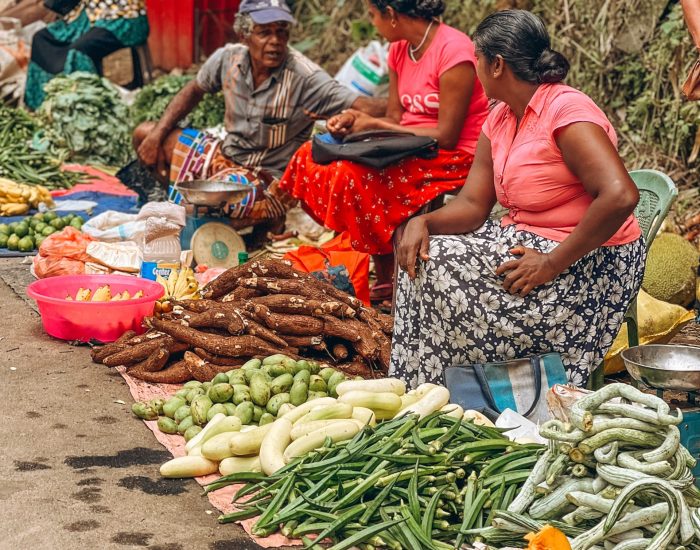
5. Experience a Hindu Fire-Walking Ceremony in Kataragama
It’s remarkable to witness Hindus, Buddhists, and Muslims come together to worship the sacred city of Kataragana.
The light from the oil lamps provides just enough visibility to watch the Hindu devotees walk barefoot across burning embers. More like an act of devotion to Lord Murugan, this walk proves their faith and inner strength.
Make sure to watch how the devotees undergo purification rituals in the form of fasting, chanting, and bathing in the Menik Ganga. And once they’re cleansed by the holy river, the crowd begins chanting “Haro Hara” as a call of devotion before hopping onto the fired-up stones.
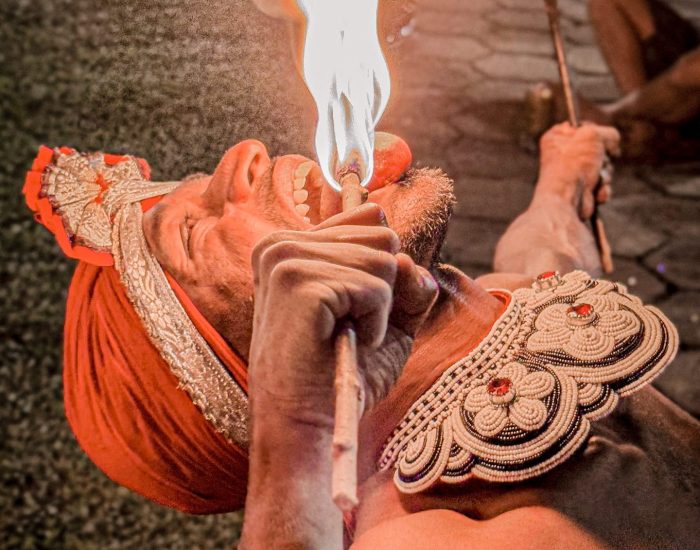
6. Participate in a Traditional Almsgiving Ceremony at a Buddhist Monastery
Dana (almsgiving) is a sacred Lankan tradition wherein laypeople offer monks food to earn merit. This happens when the Buddhist monks begin their silent procession through village streets and collect alms from the devout.
You get to indulge in this traditional almsgiving ceremony by preparing food and serving it to monks at a temple. You’re given back via quiet meditations as they chant blessings in your presence.
Consider a visit to a forest monastery like Ritigala or Arankele. Living in complete seclusion, the monks perfectly portray the peaceful lifestyle during the time of Buddha. Most importantly, the simplicity of the meals offers you clean items like steamed rice and jackfruit curry. You’ll surely be reminded of the humility at the heart of Buddhist philosophy during your Sri Lanka travel experience.
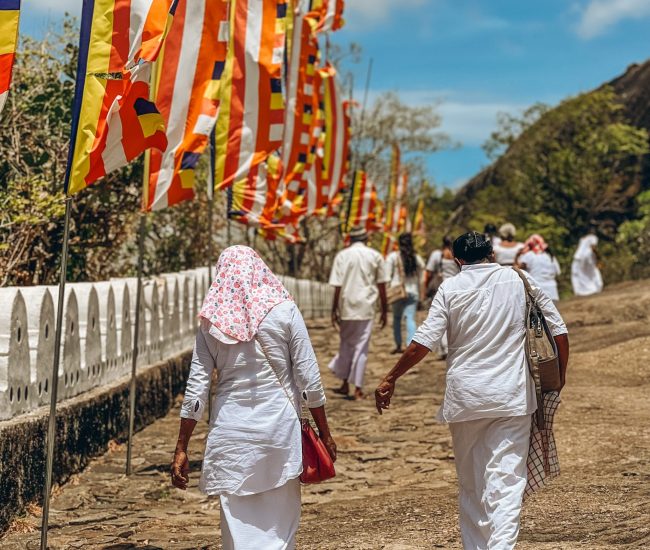
Tip: Request a monk to tie a pirith nool (sacred blessed thread) around your wrist as a symbol of protection.
FAQs
Midnight poojas are less crowded and more spiritual than daytime visits. Arrive at Sri Dalada Maligawa before 11:30 PM to witness the monks chanting and the ceremonial opening of the inner shrine. Dress modestly, remain silent, and enjoy the ambiance without disturbing the others.
Most tourists only visit the main Golden Cave Temple, but the hidden caves require a local monk’s guidance. You may need special permission, and it helps to express genuine interest in Buddhist teachings. The best way to access them is to visit during quieter hours and respectfully approach a resident monk.
Yes! While most performances are for tourists, authentic devil dance rituals take place in rural Ambalangoda. Some local families pass down the tradition and allow visitors to observe or even join the Yakun Natima. You may need an introduction through a local guide to find an authentic ceremony.
Pola markets are loud, energetic, and full of haggling! Always bargain with a smile, never rush, and observe how locals interact before making a purchase. Carry small cash (Sri Lankan rupees), and don’t hesitate to ask about unusual ingredients or crafts since vendors love sharing their knowledge.
Yes, but this is a religious practice, not a performance. Visitors can watch from the sidelines, but only devotees who have undergone fasting and purification rituals are allowed to walk on fire. Chat with a local priest beforehand to know more.
You might also consider downloading the Tuktukrental Travel App. It features offline maps, offbeat recommendations and even helps fellow tuktuk-ers on the road connect for information or just a few post drive beers – or the local Sri Lankan arrack if you are feeling adventurous!

